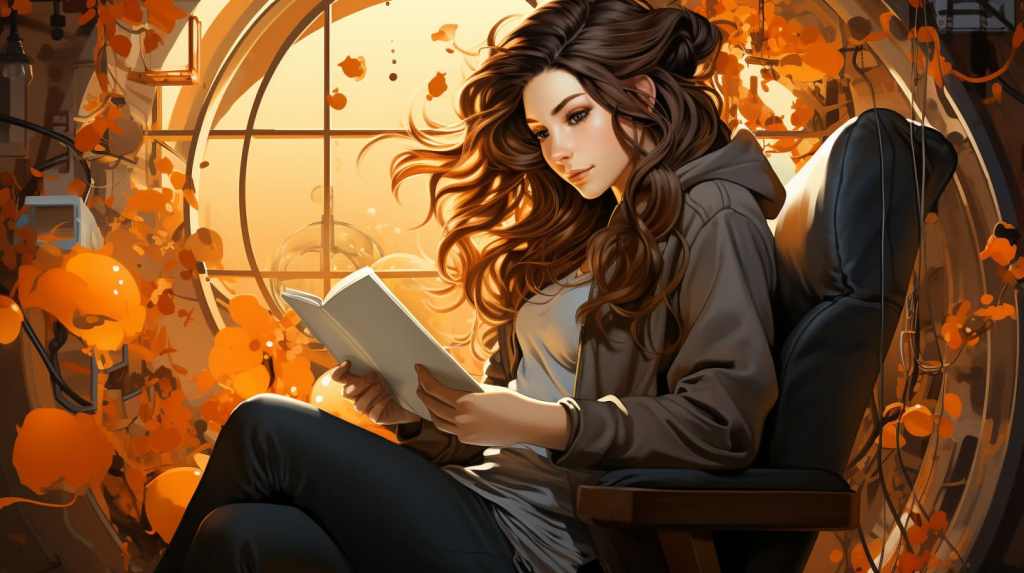The Power of Photorealism: Bringing Art to Life
Have you ever looked at a painting and had to do a double-take because it looked so incredibly real? That’s the magic of photorealism. This art style aims to recreate a photograph with such precision and detail that it becomes almost indistinguishable from the real thing. It’s a technique that requires immense skill and attention to detail, but the results are truly breathtaking.
Photorealism is all about capturing the essence of the subject matter, whether it’s a landscape, a still life, or even a portrait. Artists who specialize in photorealism spend hours meticulously studying their reference photos, analyzing every minute detail and finding ways to recreate them on canvas or paper. The end result is a piece of art that not only looks like a photograph but also evokes the same emotions and reactions as the real thing.
Unveiling the Secrets of Hyperrealism: A Masterclass in Detail
If photorealism is impressive, then hyperrealism takes it to a whole new level. This art style pushes the boundaries of what is possible with a pencil or brush, creating artworks that are so detailed and lifelike that they could easily be mistaken for high-resolution photographs. How do artists achieve such mind-boggling levels of detail?
The key to hyperrealism lies in the artist’s ability to capture every tiny nuance and texture. From the subtle play of light and shadow to the intricate patterns on a leaf, hyperrealists leave no stone unturned. They use a variety of techniques, such as layering multiple thin washes of paint or using a tiny brush to painstakingly recreate each individual hair or pore. The result is a level of detail that is so precise, it’s hard to believe it was created by human hands.
Drawing with Light: The Artistic Technique Behind Photorealism
Photorealism is often referred to as "drawing with light," and for good reason. The technique involves using light and shadow to create the illusion of depth and three-dimensionality. By carefully observing how light interacts with different surfaces and objects, artists are able to recreate the same effects in their paintings or drawings.
One of the key techniques used in photorealism is called "grisaille." This involves creating a monochromatic underpainting using shades of gray, which serves as the foundation for the final piece. By building up layers of color on top of the grayscale base, artists are able to achieve a level of realism that is truly astonishing. It’s a time-consuming process, but the end result is well worth the effort.
Hyperrealism: Blurring the Line Between Reality and Art
Hyperrealism takes the concept of photorealism and pushes it even further, blurring the line between reality and art. With hyperrealism, artists aim to create artworks that are not only incredibly detailed but also have a sense of heightened reality. They often exaggerate certain elements, such as the reflection in a glass or the texture of skin, to make the artwork even more impactful.
One of the reasons why hyperrealism is so captivating is its ability to make viewers question what is real and what is not. The level of detail is so precise that it becomes almost impossible to tell the difference between the artwork and a photograph. It’s a testament to the skill and talent of the artists who dedicate countless hours to perfecting their craft.
So next time you come across a photorealistic or hyperrealistic artwork, take a moment to appreciate the incredible skill and technique behind it. These artists truly have the ability to bring art to life, blurring the line between reality and imagination.

Leave a comment